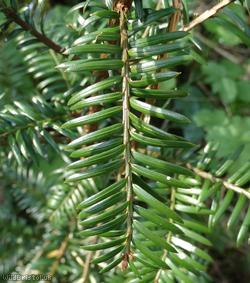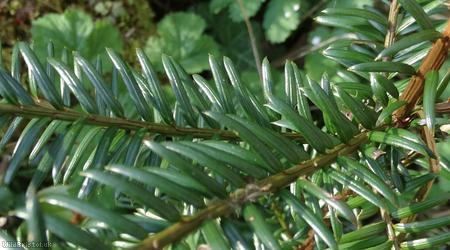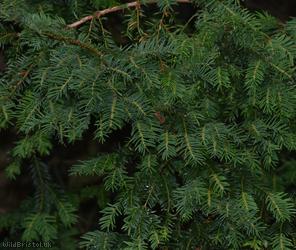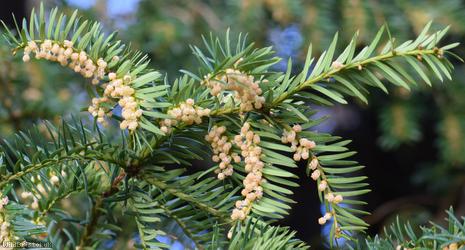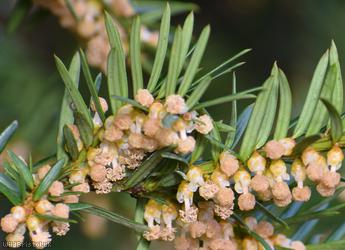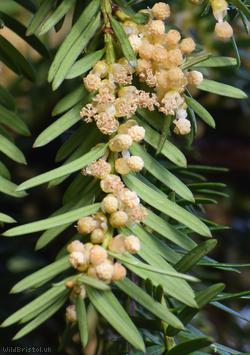Yew - Taxus baccata
Favourite Photos
Species Description
Common and widespread throughout the UK. Habitat includes: gardens, parks, allotments, cemeteries/churchyards, woodland, hedgerows etc. Height: Up to 20 m. Other names include: Common Yew, English Yew. Yew is dioecious (Male and Female on separate trees). Only the flesh of the berries are not toxic and are edible, all other parts are very poisonous. Many birds eat the berries (blackbird, Mistle Thrush, Song Thrush, Fieldfare) along with mammals such as including squirrels and Hazel dormice. The leaves are eaten by Satin Beauty Moth Caterpillars. Goldcrests and Firecrests often use Yew for nesting. Yew trees were often planted on the graves of plague victims to protect and purify the dead, and also in churchyards to stop grazing as yew is extremely poisonous to livestock. One of the longest living trees in Europe (oldest one in the UK is named the Fortingall Yew and is thought to be up to 3000 years old, some say 5000). Evergreen.
